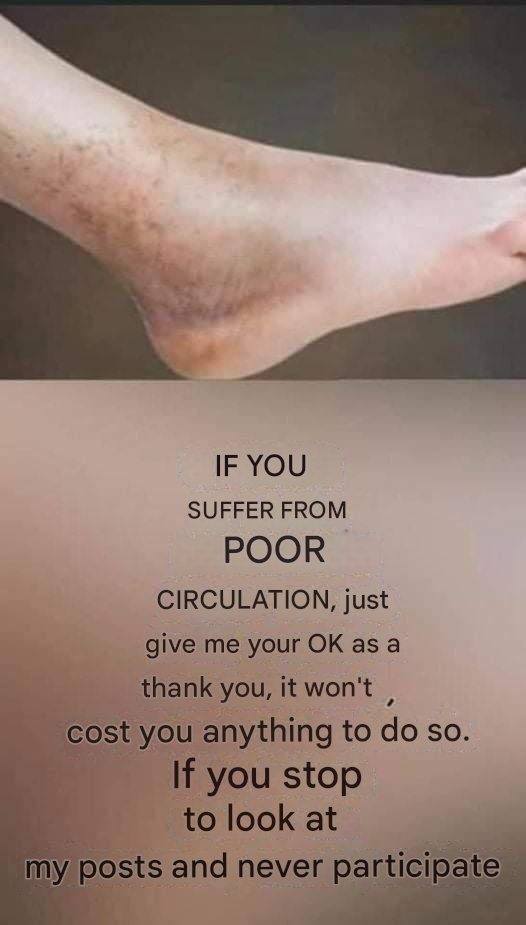How to Improve Circulation in Your Legs
If you’re suffering from poor circulation, there are several ways to boost blood flow and alleviate these symptoms.
- Exercise Regularly: Physical activity is one of the best ways to improve circulation. Activities such as walking, cycling, or swimming can help stimulate blood flow and strengthen the heart. Aim for at least 30 minutes of moderate exercise most days of the week.
- Leg Elevation: Elevating your legs above your heart for 15-20 minutes several times a day can help reduce swelling and improve circulation. This position allows gravity to help blood flow back toward the heart.
- Compression Socks: Wearing compression socks can help improve blood flow in the legs by applying gentle pressure to the veins and arteries. This is especially helpful for individuals who have to sit or stand for long periods.
- Healthy Diet: Eating a diet rich in antioxidants, healthy fats, and fiber can help improve circulation. Foods such as leafy greens, berries, citrus fruits, and fatty fish (like salmon and mackerel) contain nutrients that support cardiovascular health.
- Stay Hydrated: Dehydration can lead to thicker blood, which makes it harder for blood to circulate efficiently. Make sure you’re drinking enough water throughout the day.
- Massage and Stretching: Massaging your legs can help stimulate blood flow and reduce muscle tension. Stretching exercises, especially for the calves and thighs, can also improve circulation by promoting flexibility and muscle relaxation.
- Herbal Remedies: Some herbs are known to support circulation, such as ginger, garlic, and cayenne pepper. These herbs can be consumed in food or as supplements to help improve blood flow.
When to See a Doctor
If your symptoms of poor circulation persist or worsen despite trying home remedies, it may be time to consult a healthcare provider. In some cases, poor circulation can be a sign of a more serious underlying condition, such as peripheral artery disease (PAD), blood clots, or heart disease. A doctor can perform tests to determine the cause and recommend appropriate treatments.
Pages: 1 2

